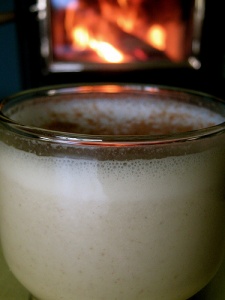The Only Eggnog Recipe You’ll Ever Need. Period.
Leave those tacky cartons at the grocery store. Wait ‘till you taste this rich and nutrient dense version of eggnog! This drink will offset any other holiday beverages, which by the way, are not as health supporting. What you and your family deserve this Christmas is rich, thick eggnog that’s loaded with live enzymes, nutrient […]
The Only Eggnog Recipe You’ll Ever Need. Period. Read More »





